It was a short drive up the Shoshone river from the Buffalo Bill State Park into Yellowstone via the East Entrance. We had a reservation at the
Fishing Bridge RV Campground near the Yellowstone River’s outlet from Yellowstone Lake. This is a rare National Park campground with full hookups, but nothing else really recommends it, as everyone is jammed together and there are no picnic tables or fire grates. After arriving we went five miles north on the Grand Loop road to the Mud Volcano area and walked around the various thermal features there. After dinner in our trailer, we went to the Lake Hotel and played backgammon with some after-dinner drinks. This was a nostalgic visit as we did the same thing during a visit in May of 1987 (we think), when our plan to camp was thwarted by snowfall.
On Friday, September 1, we went around the southern part of the Grand Loop road along Yellowstone Lake and the Old Faithful Area to eventually camp at the Madison Campground in the Northwest part of the park. Enroute we stopped at the West Thumb geothermal area, which was the first time we had visited there. The West Thumb appears as a large bay on the west side of Yellowstone lake which was formed by a massive explosion about 150,000 years ago that created another caldera within the larger caldera of Yellostone that was formed by its massive explosion 650,000 years ago. After that we stopped to take the five-mile round trip hike to Lone Star Geyser, a very pleasant trip along the Firehole river. The Lone Star geyser erupts about every three hours for about 20 minutes, but our visit was not timed right to see it. At Madison Campground we enjoyed the pleasant sunset above the tranquil Madison River. Cynthia went to the evening naturalist program, but Larry went to be bed early, with the onset of cold symptoms.

















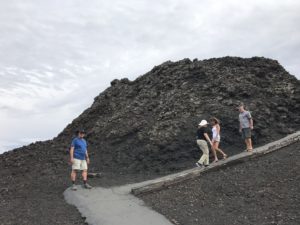
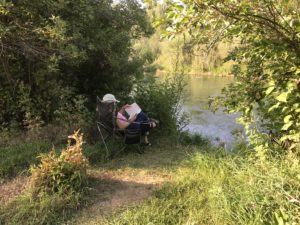
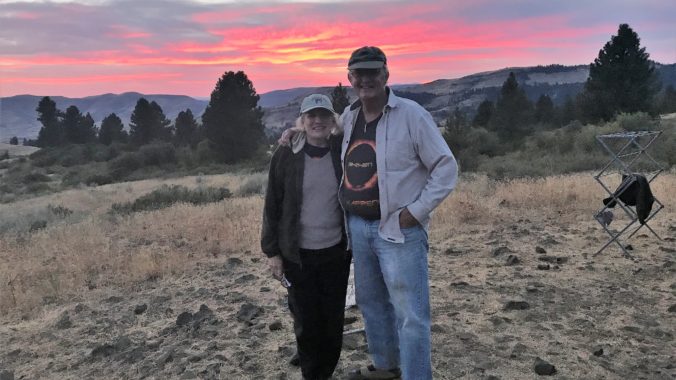





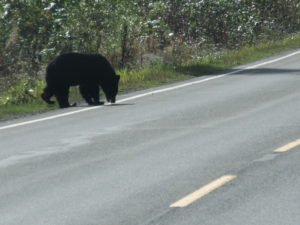



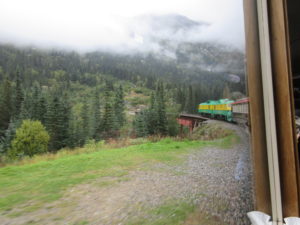



Recent comments